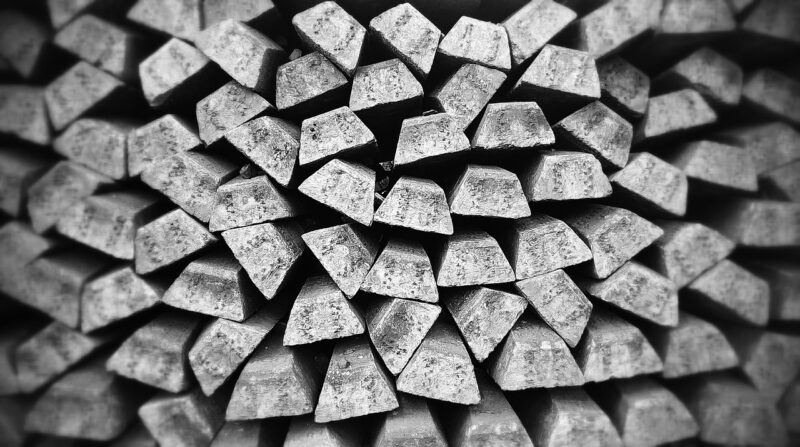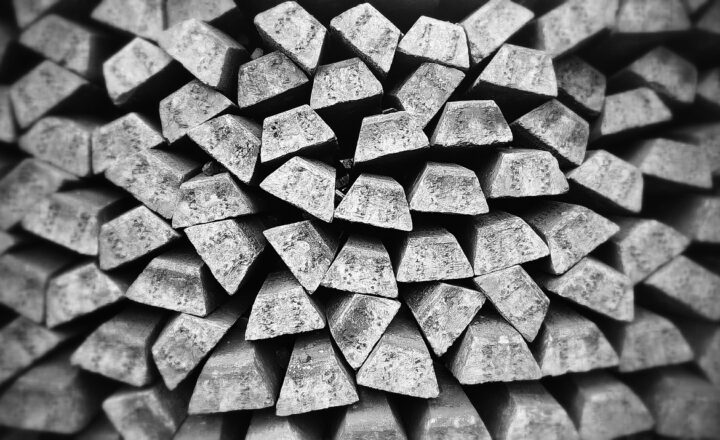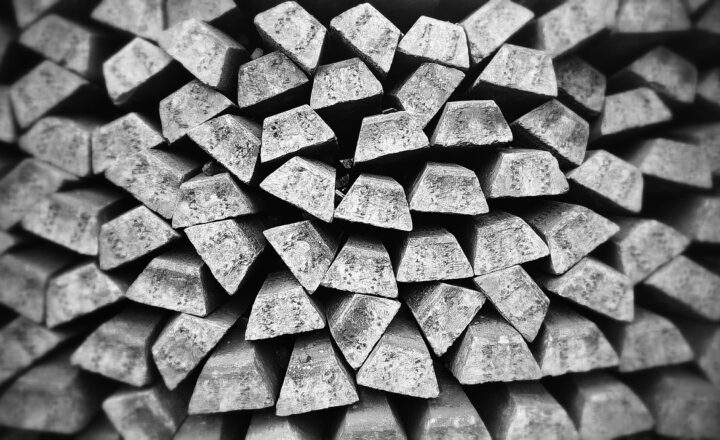How Silver Is Harvested and Processed for Its Many Uses Across Industries
November 14, 2024

Silver is one of the most sought-after metals in the world, prized not only for its beauty but also for its versatility across various applications. From jewelry and cutlery to electronics and medicine, silver plays a pivotal role in multiple industries. However, the journey from raw silver ore to the finished product is complex and fascinating. In this article, we’ll explore how silver is harvested, processed, and utilized in various industries, providing insights into its significance in today’s world.
1. Understanding Silver: A Brief Overview
Silver (Ag) is a precious metal with a long history of use, dating back thousands of years. Historically, it has been used for currency, trade, and decorative purposes. Today, silver is recognized for its high electrical conductivity, thermal conductivity, and antibacterial properties, which make it invaluable in various sectors.
Some interesting facts about silver include:
- Silver is 19 times more abundant than gold in the Earth’s crust.
- Mexico, Peru, and China are among the largest producers of silver globally.
- Silver is utilized in multiple fields, including jewelry, photography, electronics, and medicine.
Silver is primarily mined from ores such as argentite (Ag2S) and galena (PbS). The extraction and processing of silver from these natural deposits involve several steps, which we will now delve into.
2. The Mining Process: Extracting Silver from the Earth
Mining silver entails extracting it from deep within the earth’s surface. There are two main methods for silver mining: underground mining and open-pit mining.
2.1. Underground Mining
This technique is utilized when silver ores are located deep beneath the surface. Miners create tunnels to reach ore deposits, extracting the silver-rich rock. Underground mining techniques include:
- Room and Pillar Mining: In this method, miners leave pillars of untouched ore to support the mine’s roof while extracting the surrounding material.
- Cut and Fill Mining: This entails removing ore in increments, filling previously mined areas with waste rock to prevent cave-ins.
2.2. Open-Pit Mining
Open-pit mining is employed when silver deposits are near the earth’s surface. This method involves:
- Excavating large holes in the ground: The topsoil and rock layers are carefully removed to access the ore below.
- Gradual removal of overburden: This process exposes the silver ore, which can then be collected more efficiently than through underground methods.
Once extracted, the silver ore undergoes further processing to separate the metal from impurities.
3. Processing Silver: From Ore to Metal
The processing of silver involves several steps, including crushing, milling, concentration, and refining.
3.1. Crushing and Milling
After mining, the first step is to crush and mill the ore into fine particles. This increases the surface area for the subsequent extraction processes. The crushed ore is then mixed with water and other chemicals to separate the silver from other minerals.
3.2. Concentration
Several methods are used to concentrate silver, including:
- Froth Flotation: This process involves adding chemicals to the slurry that selectively bind to silver particles, causing them to float to the surface for collection.
- Gravity Concentration: Utilizing the weight and density differences in the ore allows for the separation of heavier silver particles from lighter waste material.
3.3. Refining
Once concentrated, the silver must be refined to remove any remaining impurities. There are two primary methods of refining:
- Electrolytic Refining: This process uses electric currents to separate pure silver from impurities in the solution. The refined silver is deposited onto cathodes as pure metal.
- Chemical Refining: Techniques such as smelting with lead or other fluxing agents to separate silver from metals like copper or zinc are common in this method.
After refining, silver can be cast into various forms for further processing.
4. Uses of Silver Across Industries
Silver’s versatility makes it essential in various sectors:
4.1. Jewelry and Decorative Objects
Silver is commonly used in jewelry-making due to its luster and workability. Jewelry artists create intricate designs using sterling silver, which is an alloy containing 92.5% silver.
4.2. Electronics
Thanks to its excellent electrical conductivity, silver is used in electronics. It’s found in circuit boards, connectors, and other electronic components that require reliable conductivity and minimal resistance.
4.3. Medicine
Silver’s antibacterial properties make it valuable in medicine. It is used in wound dressings, coatings for medical devices, and in various treatments to prevent infections.
4.4. Photography
Before the digital era, silver halides were used in photography for developing film and producing images. While digital photography has diminished this use, some artistic processes still rely on silver-based materials.
4.5. Investment and Currency
Silver is often considered a safe-haven investment and is traded on global markets. Collectible coins and bullion bars are popular among investors seeking a tangible asset.
5. The Future of Silver Mining and Processing
With increasing demand for silver in emerging technologies, especially in sustainable energy solutions like solar panels and batteries, the outlook for silver mining remains promising. Companies are investing in innovative mining techniques that minimize environmental impact while maximizing yield.
Additionally, recycling silver from old electronics and jewelry is becoming more common as sustainability practices gain traction in various industries.
Conclusion
Silver is more than just a precious metal; it is a vital component of modern life, influencing various industries through its unique properties and versatility. Understanding the intricate process of how silver is harvested and processed provides insight into its role in society and its future potential as a resource. As technology continues to evolve, so too will the applications of silver, reaffirming its importance in our world.
By illuminating the journey of silver from the mine to the final product, we gain a greater appreciation for this remarkable metal and the industries that rely on it.








